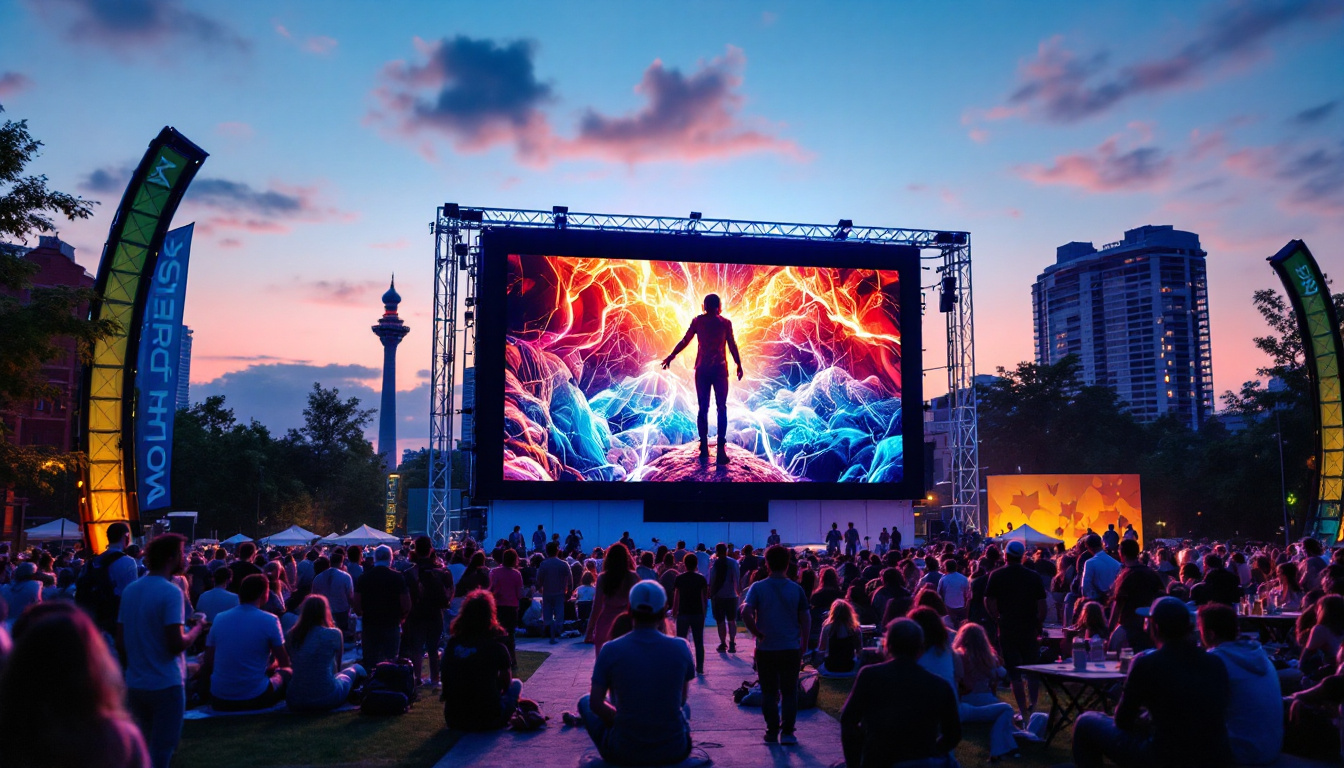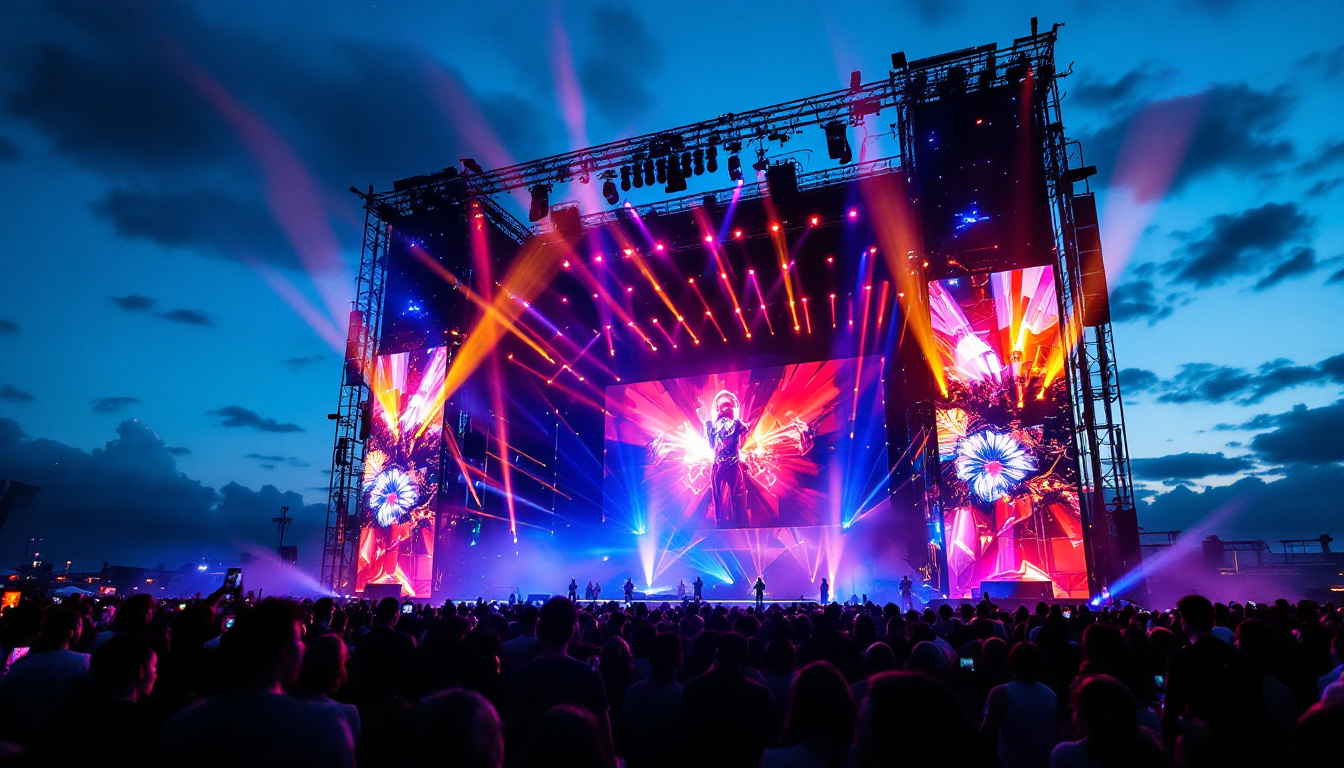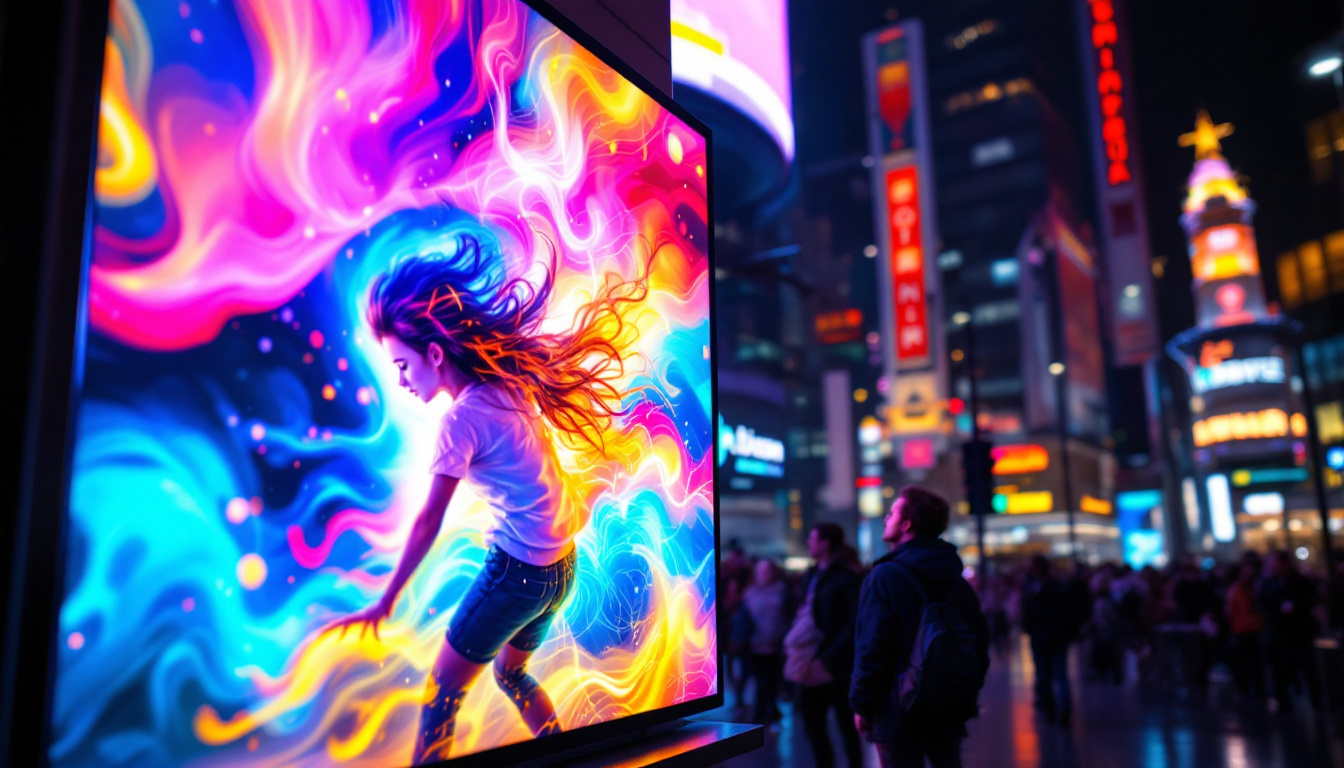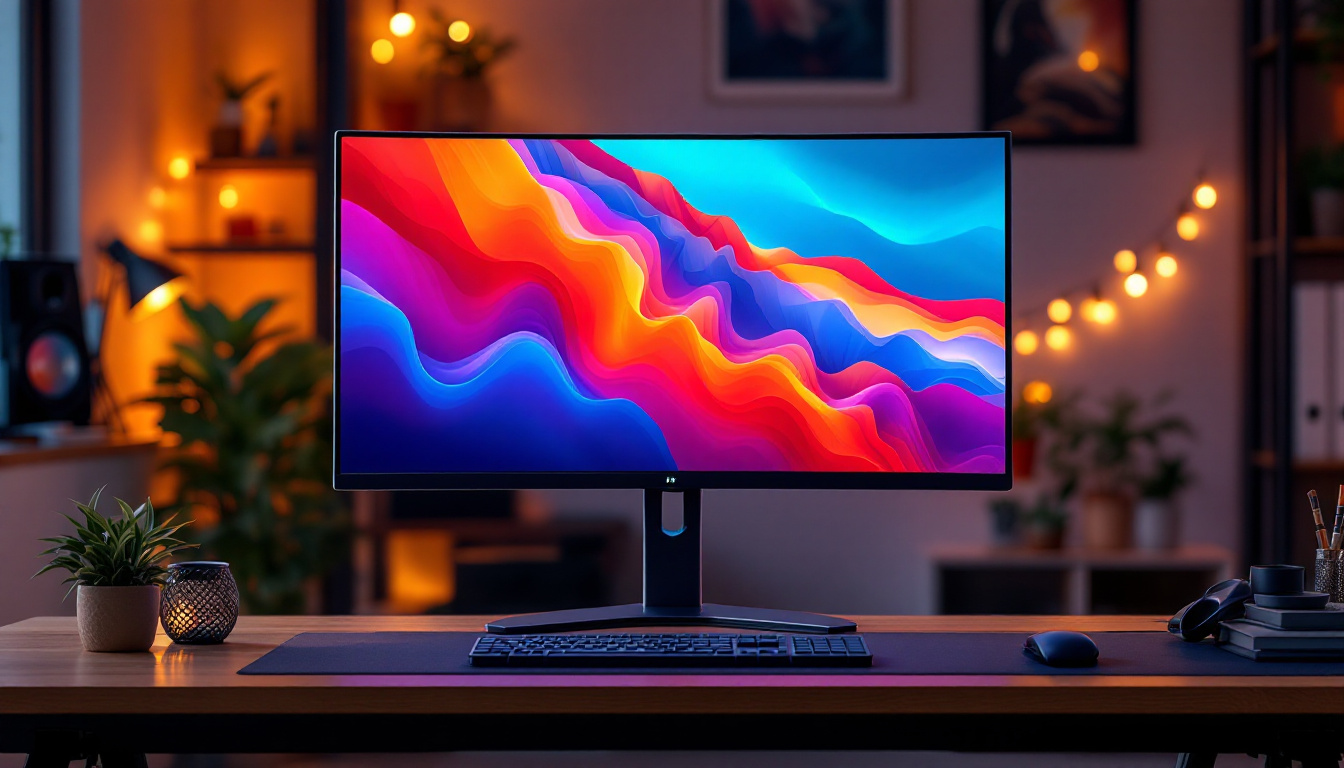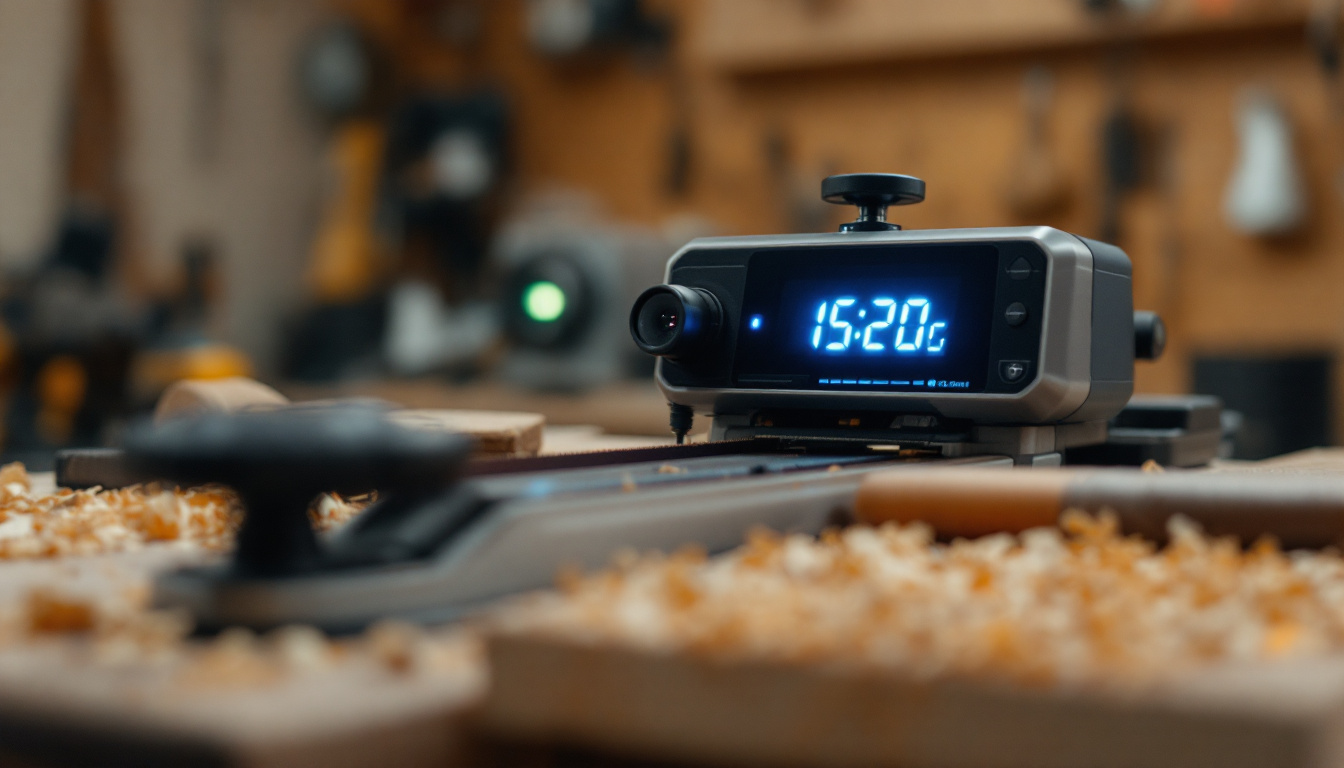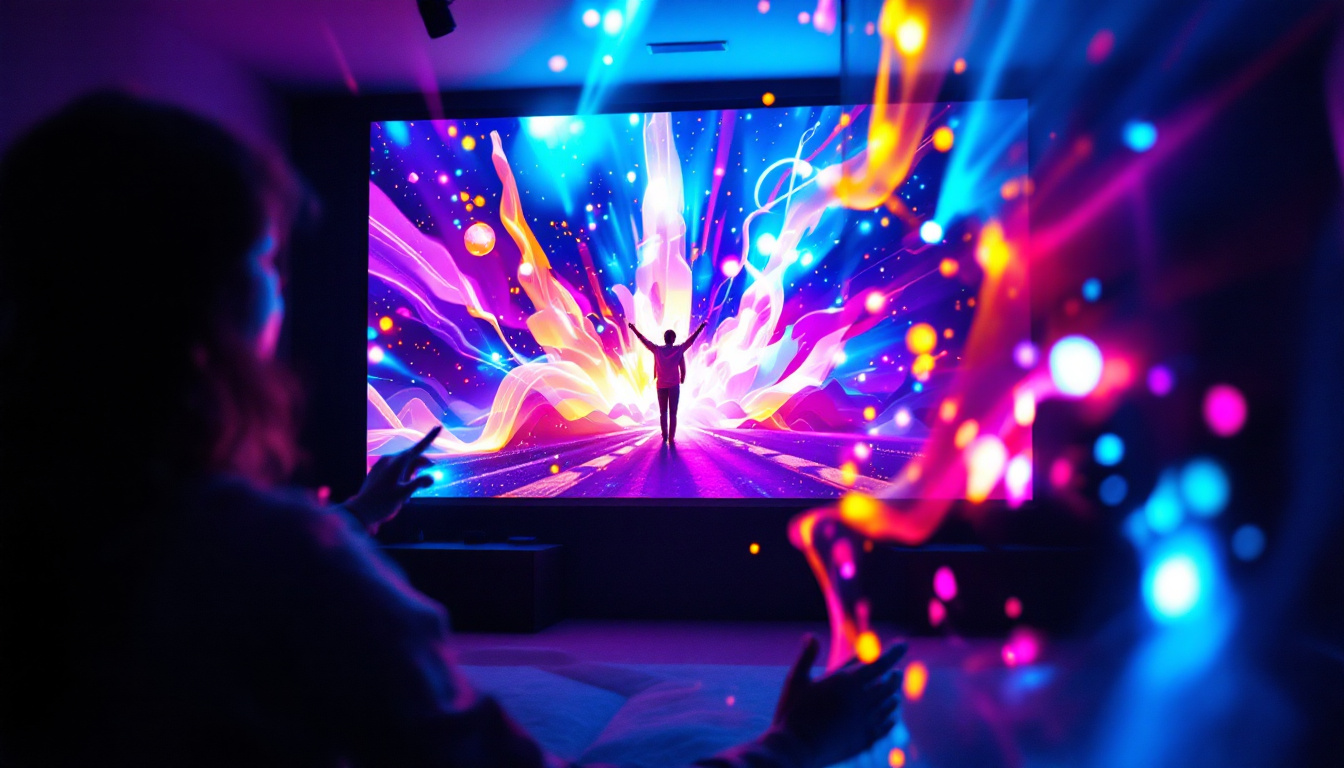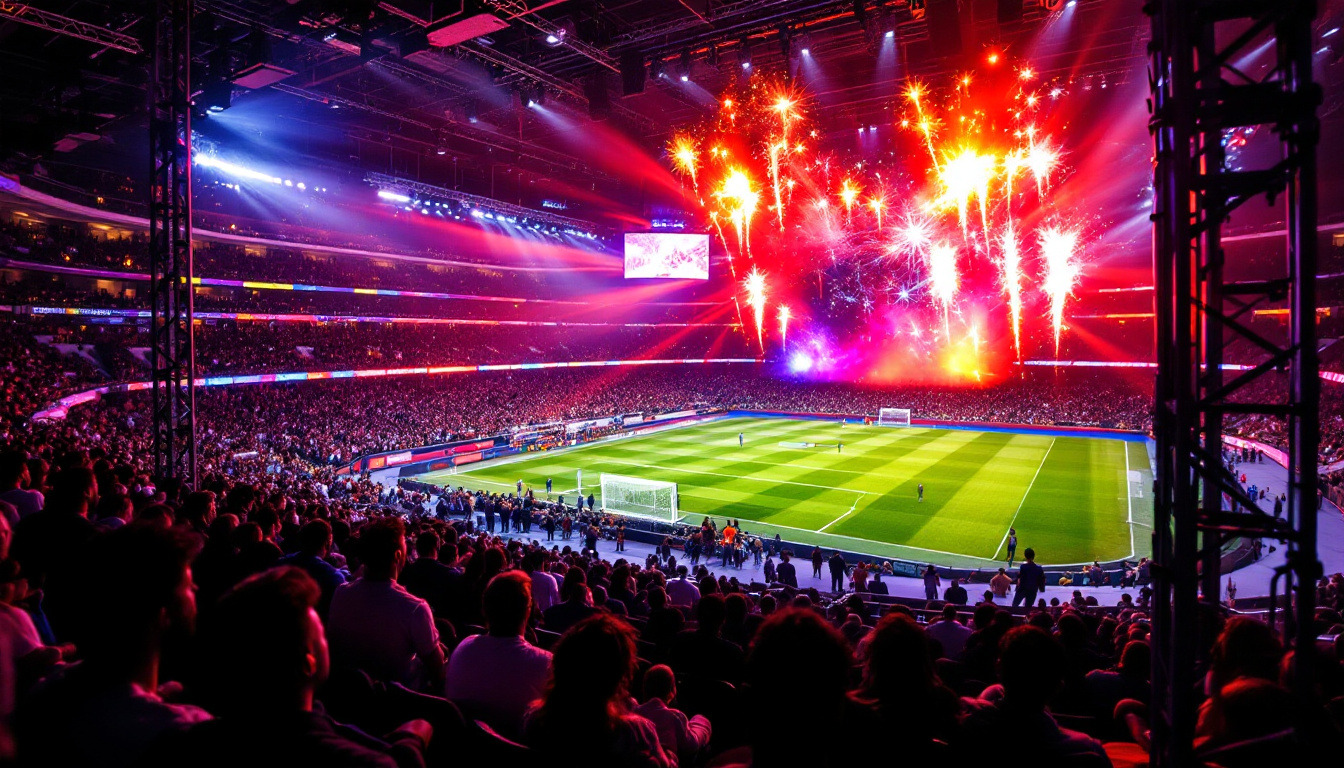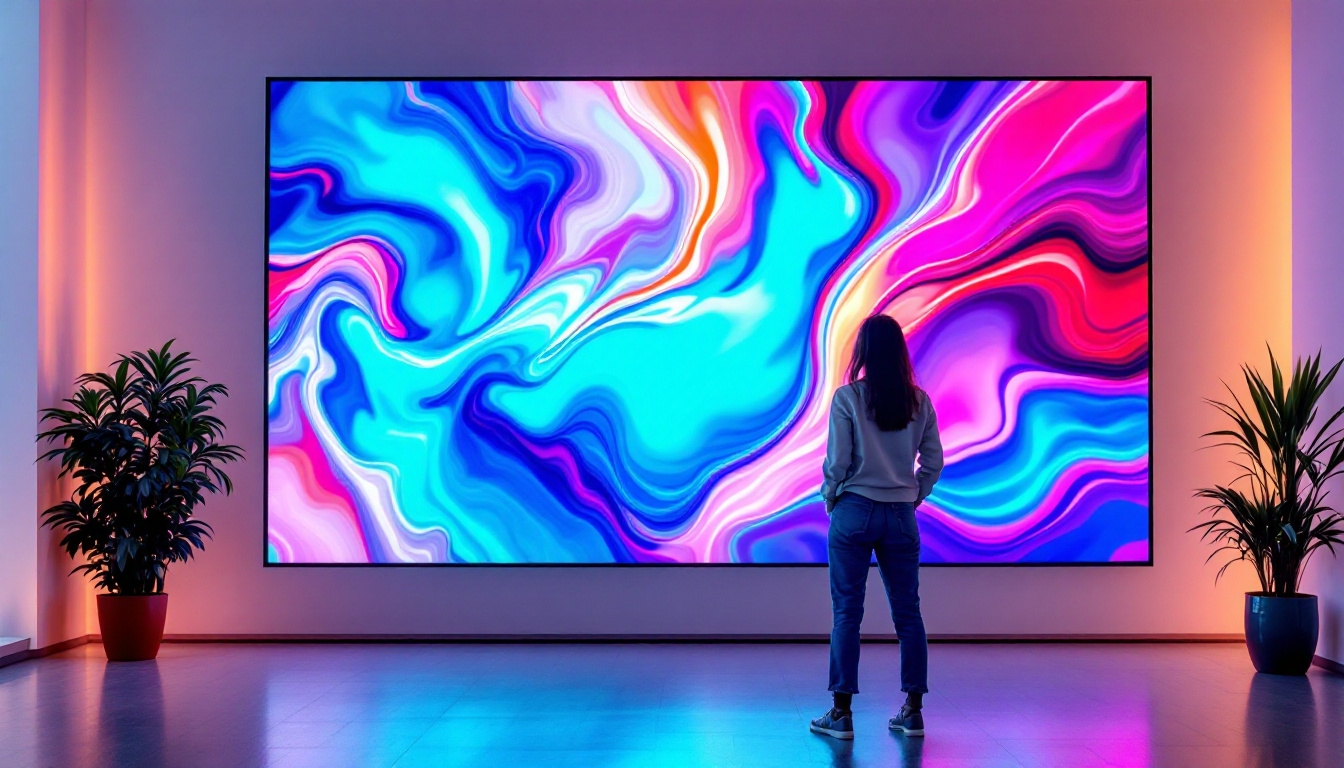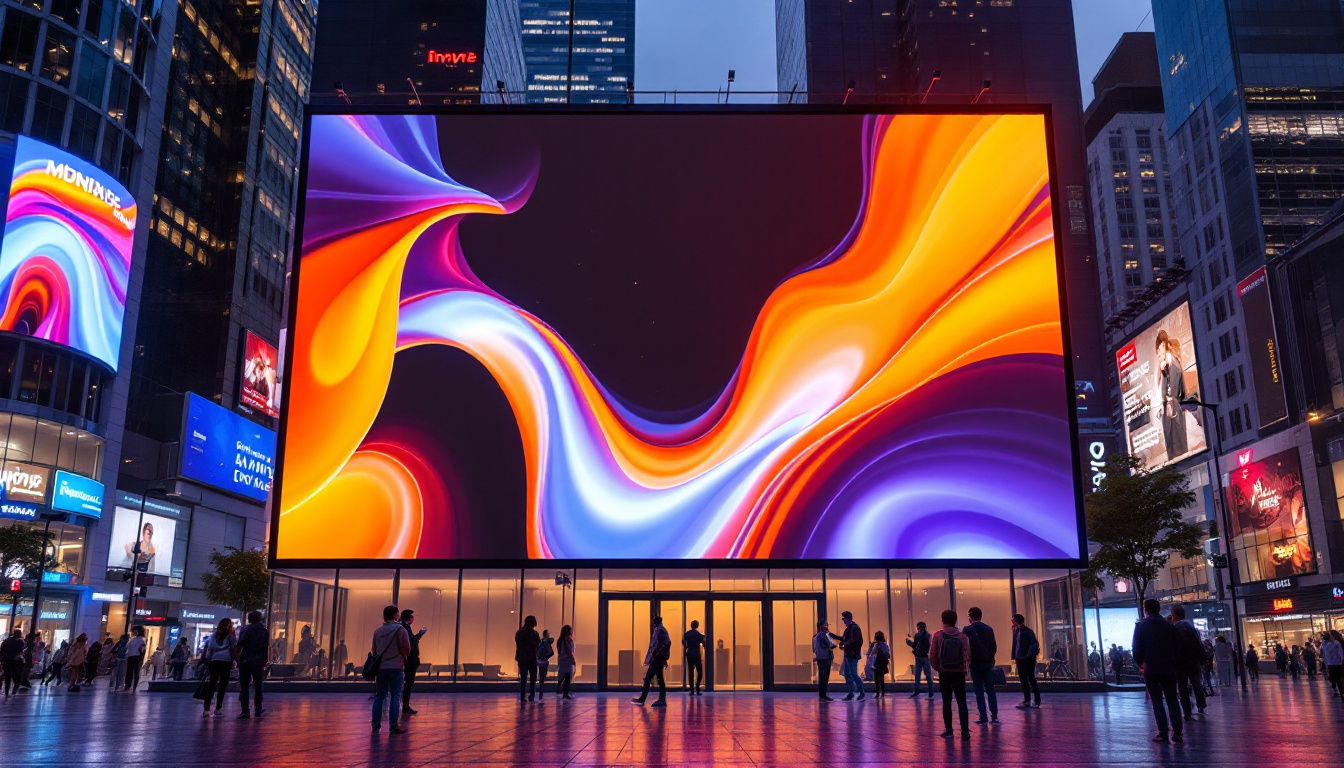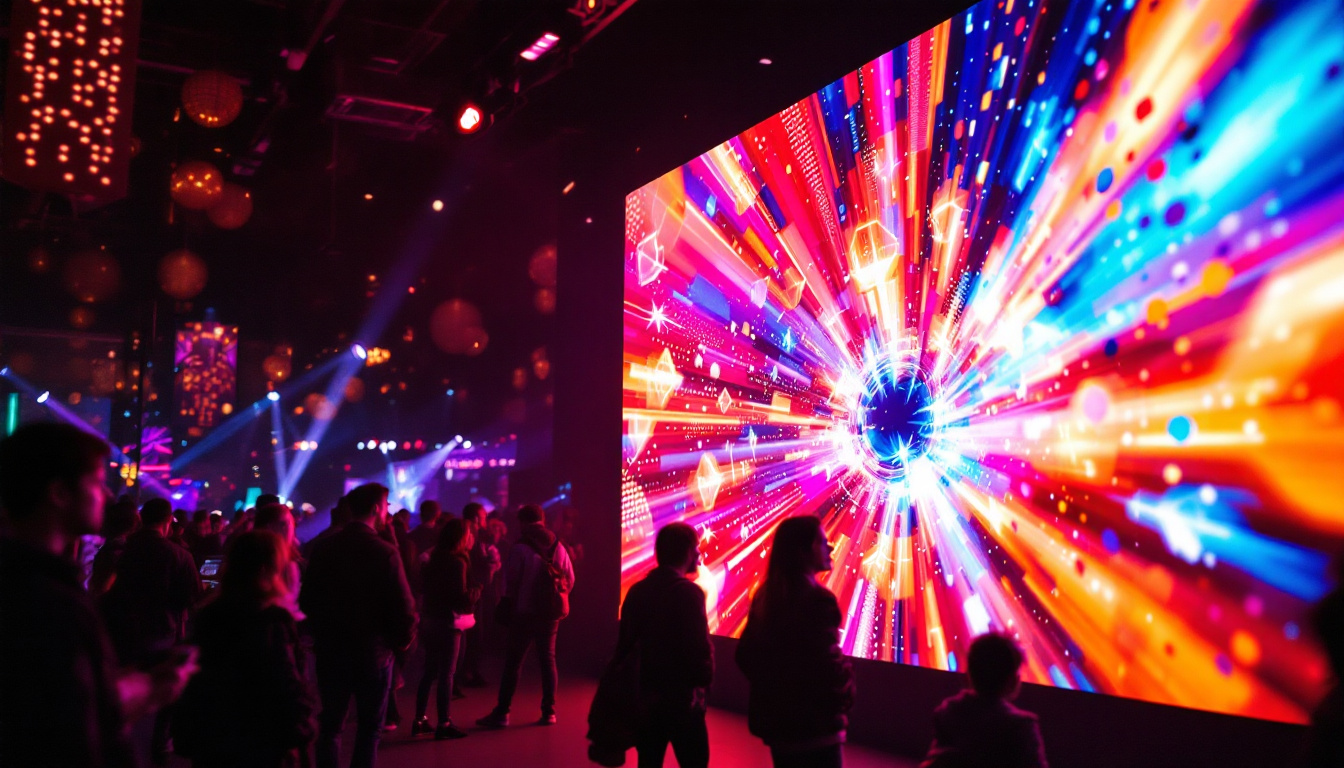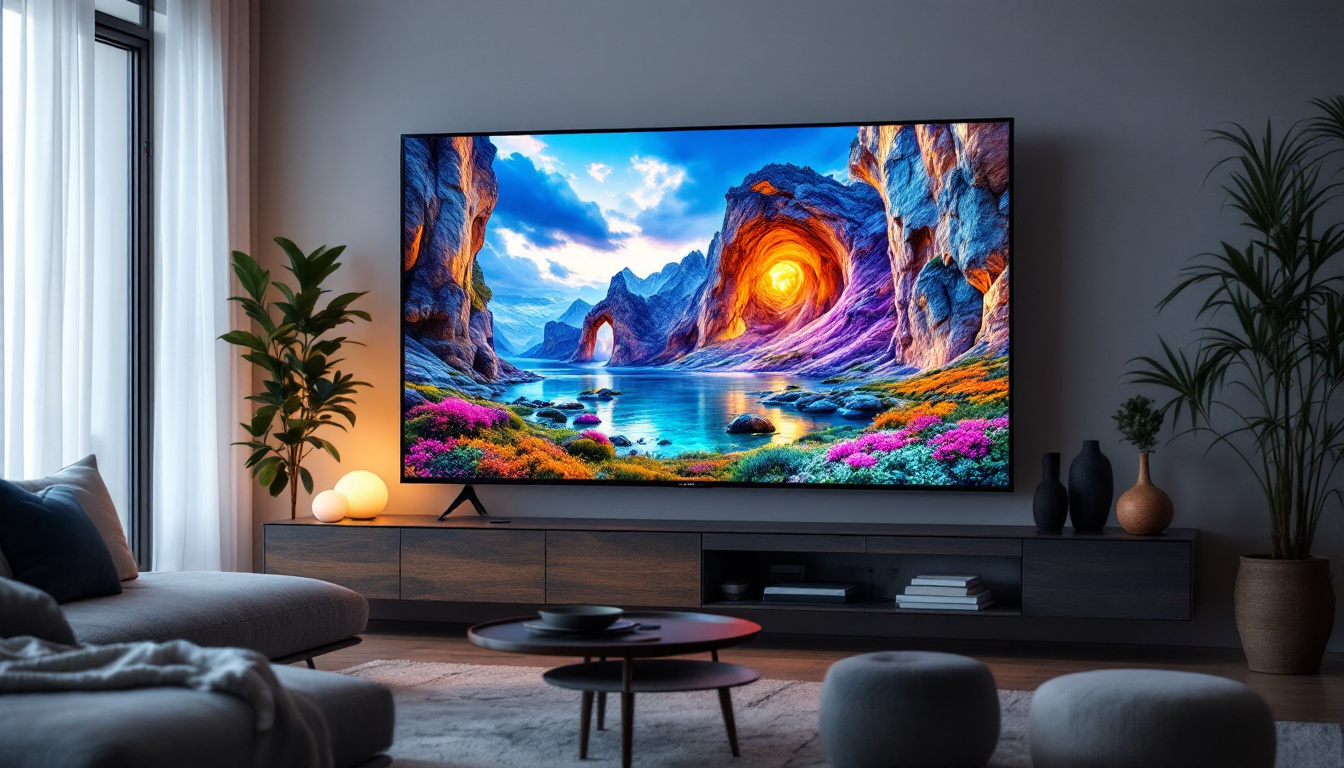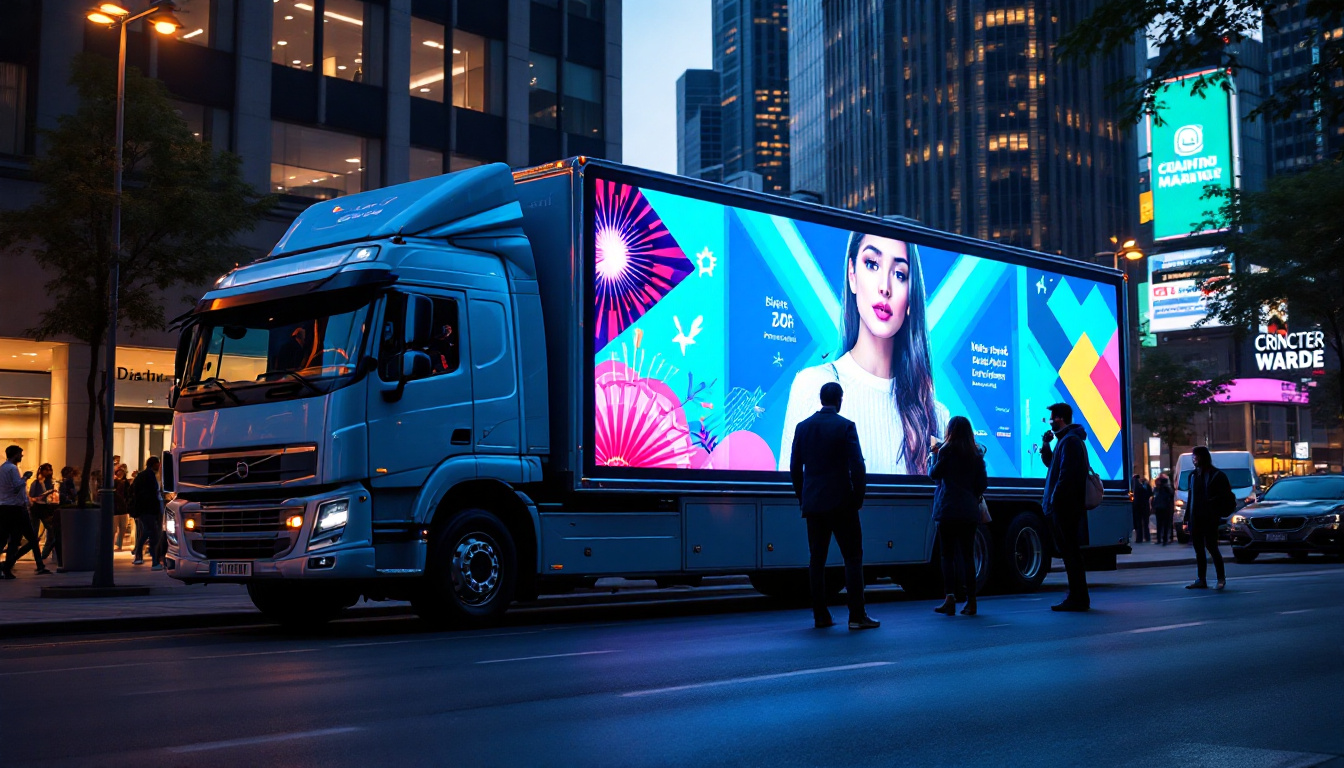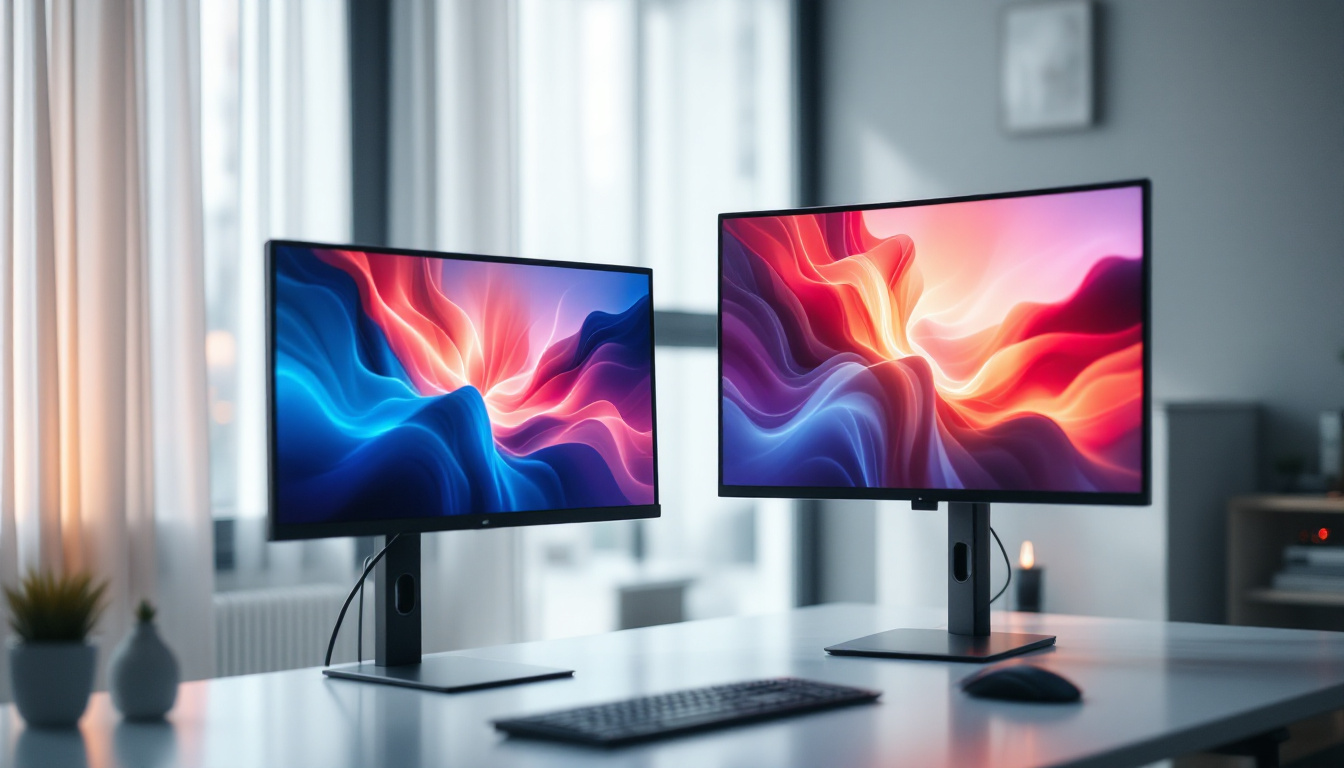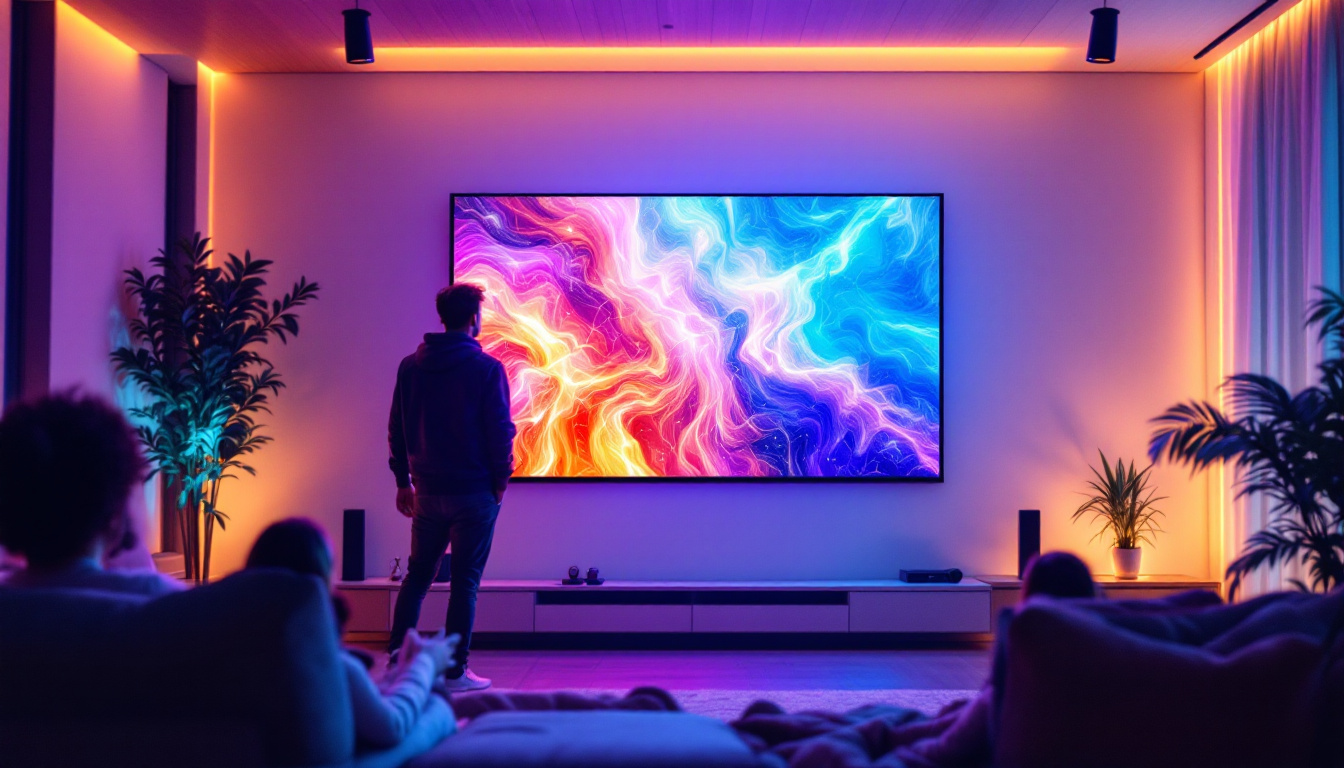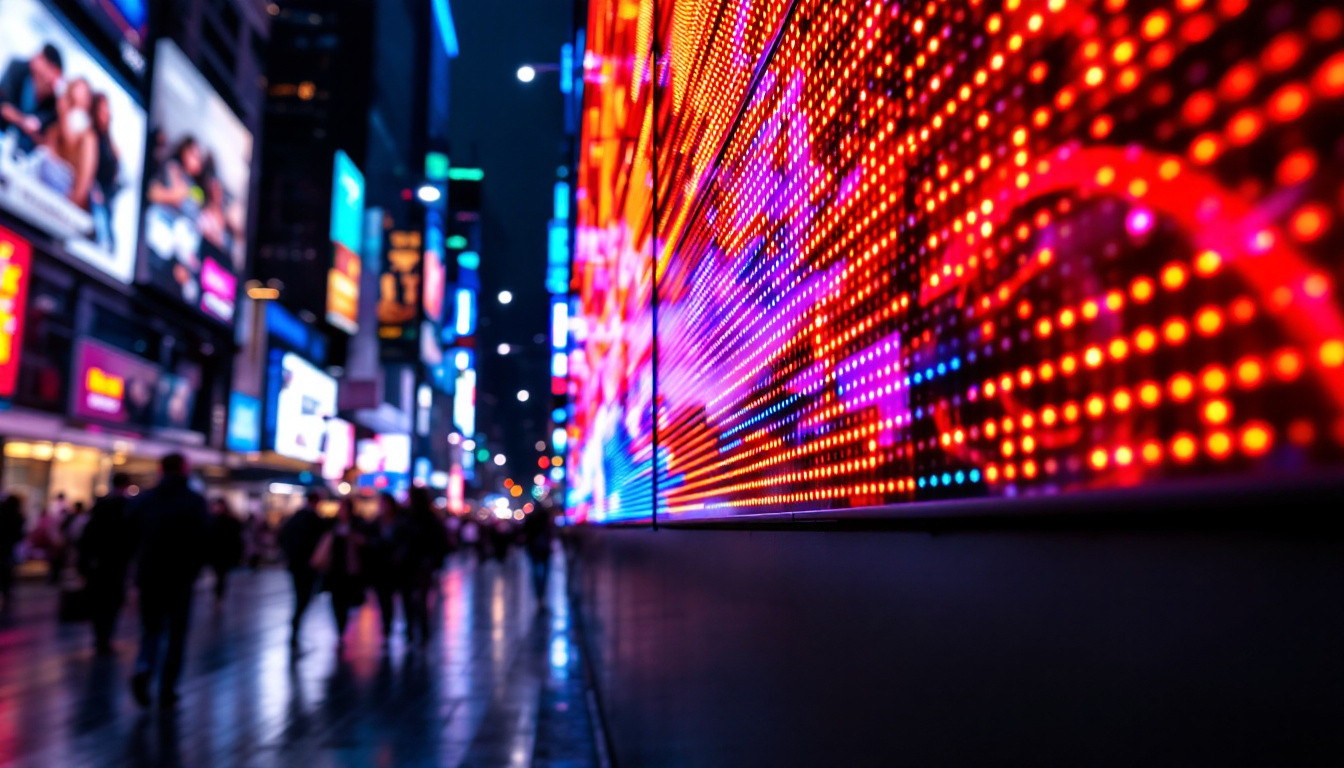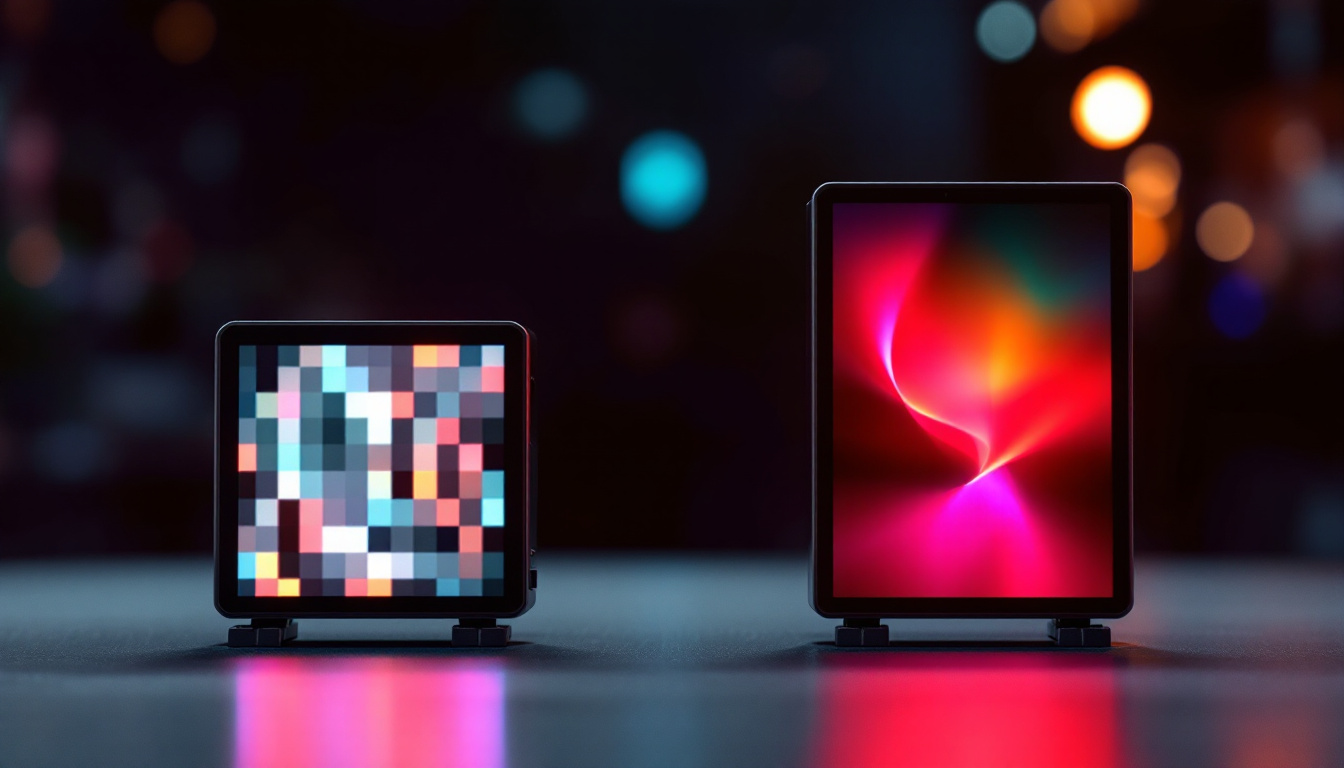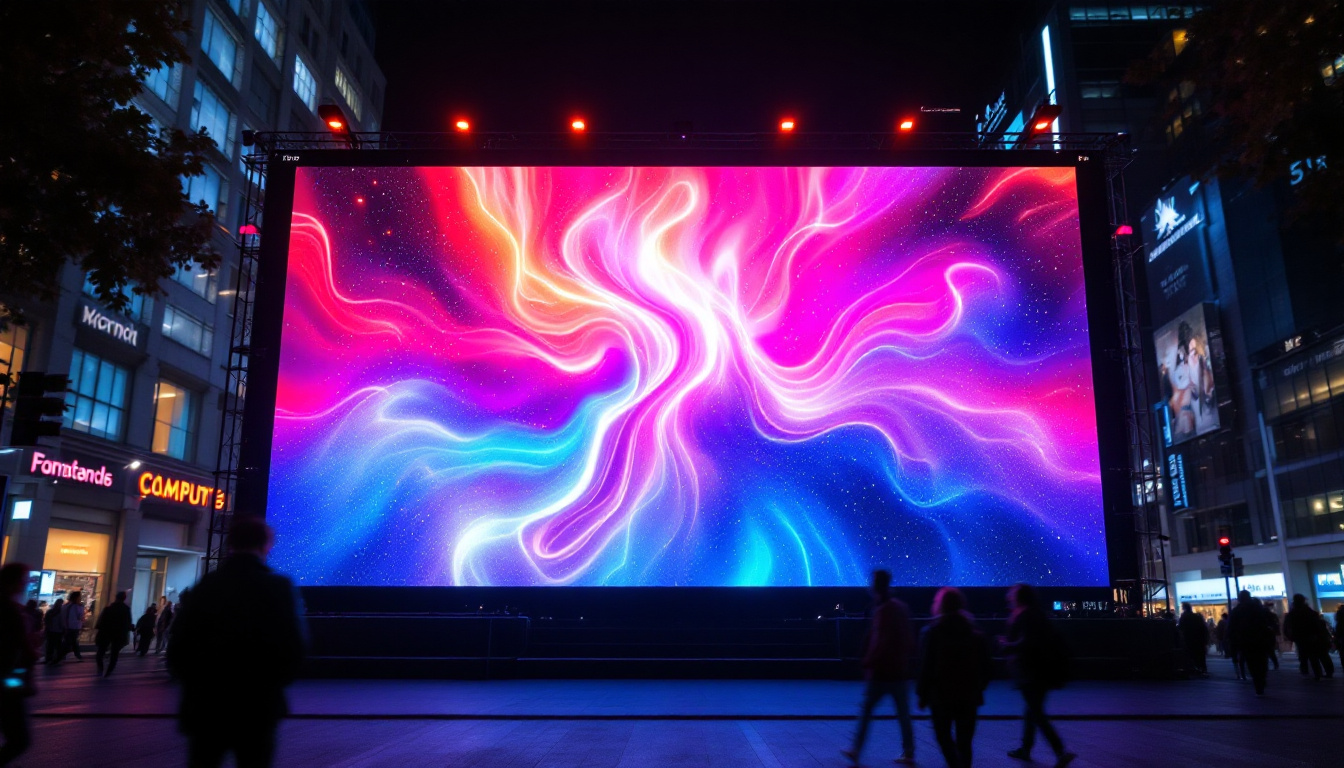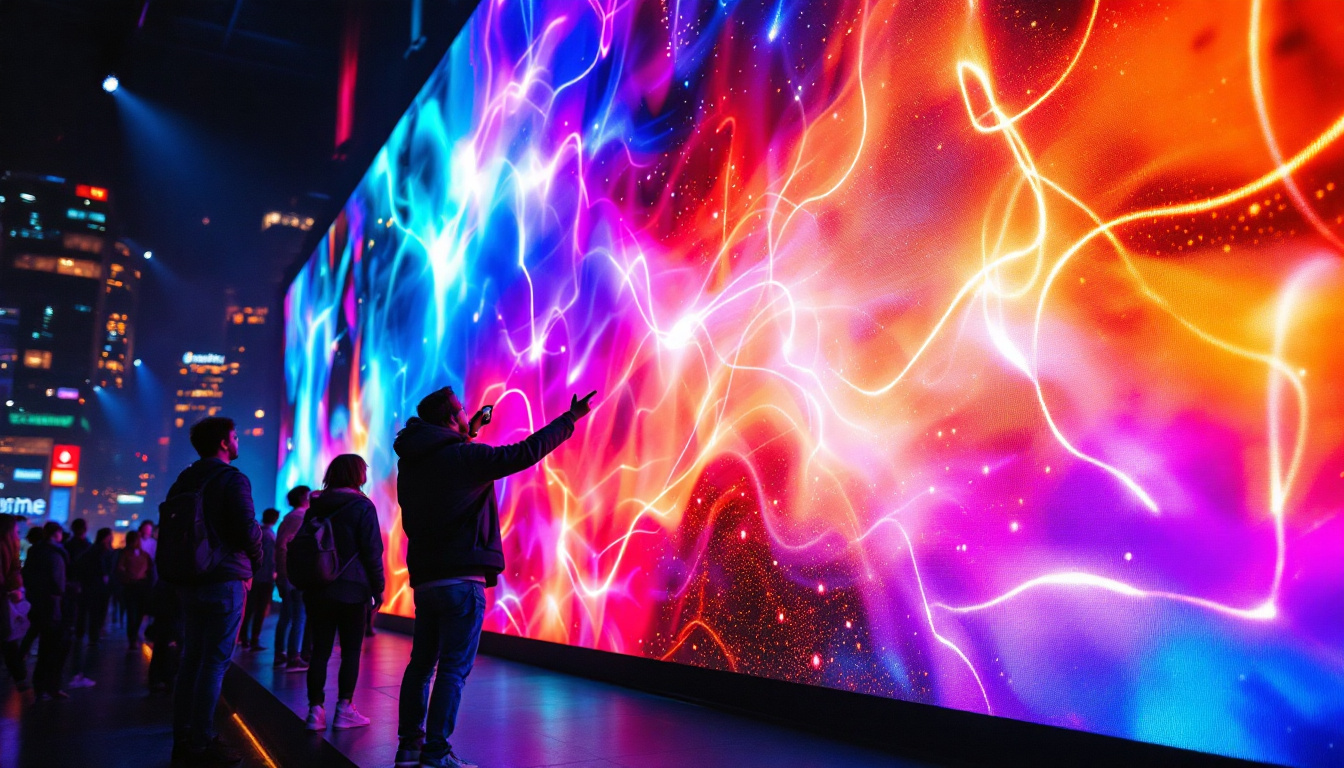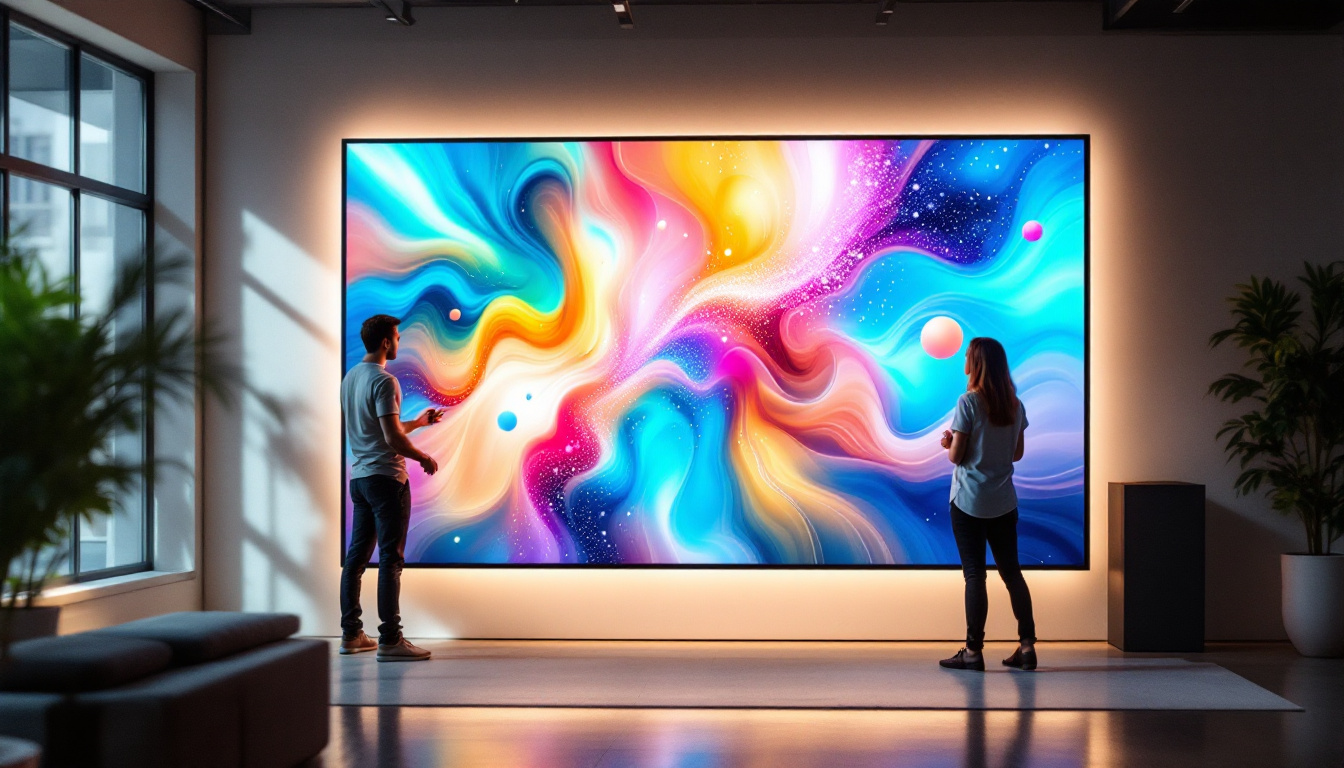In recent years, outdoor entertainment has taken on a new dimension with the advent of high-quality projector screens and LED displays. These technologies have transformed how events are experienced, whether for movie nights in the backyard, corporate presentations, or large public gatherings. Understanding the nuances of outdoor projector screens and LED displays is crucial for anyone looking to enhance their outdoor viewing experience.
Understanding Projector Screens
Projector screens are essential components for achieving optimal viewing experiences, especially in outdoor settings. They serve as the canvas on which images and videos are projected, significantly affecting the quality of the display. When selecting a projector screen for outdoor use, several factors come into play, including size, material, and installation options. The right screen can transform a simple gathering into an unforgettable cinematic experience, making it vital to choose wisely.
Types of Projector Screens
There are various types of projector screens available on the market, each designed for specific environments and purposes. The most common types include:
- Fixed Frame Screens: These are permanently installed and provide a taut surface for projection. They are ideal for dedicated outdoor theaters, often featuring a sleek design that enhances the overall aesthetic of the space.
- Portable Screens: Lightweight and easy to set up, portable screens are perfect for casual outdoor movie nights or events where mobility is essential. They can be quickly assembled and disassembled, making them a favorite for impromptu gatherings.
- Inflatable Screens: These screens are ideal for large gatherings and can be set up quickly. They offer a fun, festival-like atmosphere and often come in various sizes, accommodating everything from small family movie nights to large community events.
Choosing the right type of screen depends on the specific needs of the event and the environment in which it will be used. For instance, a fixed frame screen may be suitable for a permanent outdoor setup, while a portable screen might be better for occasional use. Additionally, some screens come with built-in features such as adjustable heights or integrated sound systems, enhancing their versatility and functionality.
Screen Material Considerations
The material of the projector screen significantly impacts image quality. Outdoor screens are typically made from materials that enhance brightness and contrast, such as:
- Matte White: This material is versatile and provides excellent color reproduction, making it suitable for various lighting conditions. Its ability to diffuse light evenly ensures that images remain sharp and clear.
- High Gain Screens: These screens reflect more light, making them ideal for environments with ambient light. They can significantly improve the viewing experience in settings where natural light is unavoidable.
- Ambient Light Rejecting Screens: Designed to minimize the impact of surrounding light, these screens are perfect for outdoor settings where light interference is a concern. They utilize advanced technology to ensure that the projected image remains vibrant and visible, even in less-than-ideal conditions.
When selecting a screen material, consider the typical lighting conditions of the outdoor space and the projector’s brightness. A well-matched combination will yield the best results. Furthermore, the durability of the screen material is crucial for outdoor use, as it needs to withstand elements such as wind, rain, and UV exposure. Some manufacturers offer weather-resistant options, ensuring that your investment lasts through multiple seasons of outdoor entertainment.
LED Displays: A Modern Alternative
LED displays have emerged as a powerful alternative to traditional projector screens, offering several advantages that cater to outdoor viewing needs. These displays utilize light-emitting diodes to create vibrant images and videos, making them particularly effective in bright environments. The technology behind LED displays has advanced significantly, allowing for not only brighter images but also more energy-efficient operation, which is a crucial factor for long-duration events.
Benefits of LED Displays
There are numerous benefits to using LED displays for outdoor events, including:
- Brightness and Clarity: LED displays are exceptionally bright, ensuring clear visibility even in direct sunlight. This makes them ideal for daytime events. The high contrast ratio of LED technology also enhances the depth and richness of colors, making visuals pop and capturing the attention of the audience.
- Durability: Built to withstand outdoor conditions, LED displays are typically weather-resistant and can endure various environmental factors. Many models are designed with robust casings and protective coatings that shield them from rain, dust, and extreme temperatures, ensuring reliable performance regardless of the weather.
- Versatility: LED technology allows for a range of sizes and configurations, making it easy to customize displays for specific venues and audiences. Whether it’s a large festival stage or a small outdoor gathering, LED displays can be tailored to fit the space perfectly, providing an immersive experience for viewers.
These advantages make LED displays a compelling choice for outdoor events, particularly when high visibility and durability are paramount. Furthermore, the ability to create dynamic content in real-time adds an interactive element that engages audiences more effectively than static images or videos.
Comparing Projector Screens and LED Displays
While both projector screens and LED displays have their merits, understanding their differences can help in making an informed decision. Here are some key comparisons:
- Image Quality: LED displays generally offer superior image quality, particularly in well-lit environments, while projector screens may struggle with brightness. The pixel density of LED screens also contributes to sharper images, making them suitable for detailed graphics and text.
- Setup and Portability: Projector screens can be more portable, especially inflatable and portable models, whereas LED displays tend to be heavier and more complex to set up. However, advancements in modular LED technology have led to lighter, more easily transportable panels that can be assembled quickly, reducing setup time significantly.
- Cost: Projector screens are often more budget-friendly, while high-quality LED displays can be a significant investment. However, considering the longevity and lower maintenance costs of LED technology, many event organizers find that the initial investment pays off in the long run.
Ultimately, the choice between a projector screen and an LED display will depend on the specific needs of the event, budget constraints, and the desired viewing experience. Additionally, the growing trend of integrating LED displays with advanced technologies such as augmented reality (AR) and interactive features opens up new possibilities for engaging audiences in innovative ways, further enhancing the appeal of LED displays in modern event planning.
Choosing the Right Projector for Outdoor Use
To maximize the effectiveness of either a projector screen or LED display, selecting the right projector is crucial. Several factors should be considered when making this choice.
Brightness and Resolution
When selecting a projector for outdoor use, brightness is one of the most critical factors. Measured in lumens, a higher brightness rating is essential for overcoming ambient light. For outdoor settings, a projector with at least 3,000 lumens is recommended, although brighter projectors may be necessary for particularly sunny environments.
Resolution is another important consideration. Higher resolution projectors will deliver sharper, more detailed images, enhancing the overall viewing experience. For outdoor movies, a minimum resolution of 1080p is advisable, with 4K options available for those seeking the highest quality.
Portability and Setup
Portability is vital for outdoor events, especially if the setup needs to be moved frequently. Look for lightweight projectors with easy setup features, such as quick-connect cables and adjustable feet. Some projectors even come with built-in Wi-Fi, allowing for seamless streaming from various devices.
Additionally, consider the throw distance of the projector. This measurement indicates how far the projector needs to be from the screen to produce a clear image. Short-throw projectors can be advantageous in limited spaces, while long-throw projectors are suitable for larger areas.
Setting Up for Outdoor Viewing
Proper setup is essential for achieving the best viewing experience. There are several key considerations to keep in mind when preparing for an outdoor event.
Location and Environment
Choosing the right location is critical. Look for areas that are relatively flat and free from obstructions like trees or buildings that could block the view. Additionally, consider the direction of the sun and how it may affect visibility. Ideally, the screen should be positioned away from direct sunlight to minimize glare.
Wind can also be a factor, especially for portable and inflatable screens. Ensure that the setup is secure and stable to prevent any disruptions during the event.
Sound Considerations
While visuals are crucial, sound is equally important for an immersive experience. Depending on the setup, external speakers may be necessary to ensure that audio is clear and audible to the entire audience. Wireless speakers can offer flexibility in placement, allowing for optimal sound distribution.
Additionally, consider using a microphone for events that require audience interaction or announcements. This will enhance communication and engagement during the event.
Maintenance and Care for Outdoor Equipment
Proper maintenance and care for projector screens, LED displays, and projectors are essential for longevity and performance. Regular upkeep can prevent issues and ensure that equipment remains in top condition.
Cleaning and Storage
Cleaning the projector screen or LED display is vital to maintain image quality. For projector screens, use a soft, lint-free cloth and a gentle cleaning solution to remove dust and stains. Avoid harsh chemicals that could damage the surface.
For LED displays, follow the manufacturer’s guidelines for cleaning. Typically, a damp cloth can be used to wipe away dirt, but ensure that the display is powered off and unplugged before cleaning.
Protection from the Elements
When not in use, it’s essential to protect outdoor equipment from the elements. Store projectors and screens in a dry, cool place to prevent moisture damage. If outdoor equipment is left outside, consider using protective covers to shield them from rain, dust, and UV rays.
Regularly inspect equipment for signs of wear and tear. Addressing minor issues promptly can prevent more significant problems down the line.
Conclusion
Outdoor projector screens and LED displays have revolutionized the way events are experienced, providing vibrant visuals and engaging entertainment. Understanding the differences between these technologies, along with the considerations for selecting the right equipment, can significantly enhance outdoor viewing experiences.
Whether hosting a casual movie night or a large public event, the right setup can create memorable experiences for audiences of all sizes. By investing in quality equipment, ensuring proper setup, and maintaining the gear, outdoor events can be transformed into captivating experiences that leave a lasting impression.
As outdoor entertainment continues to evolve, staying informed about the latest technologies and best practices will ensure that every event is a success.
Discover LumenMatrix LED Display Solutions
Ready to elevate your outdoor events with the latest in LED display technology? Look no further than LumenMatrix, a pioneer in crafting immersive visual experiences. Our extensive range of LED display solutions, from dynamic outdoor walls to innovative transparent displays, is designed to captivate your audience and amplify your message. Experience the future of visual engagement with LumenMatrix and transform your outdoor entertainment into unforgettable spectacles. Check out LumenMatrix LED Display Solutions today and see the difference cutting-edge technology can make.

